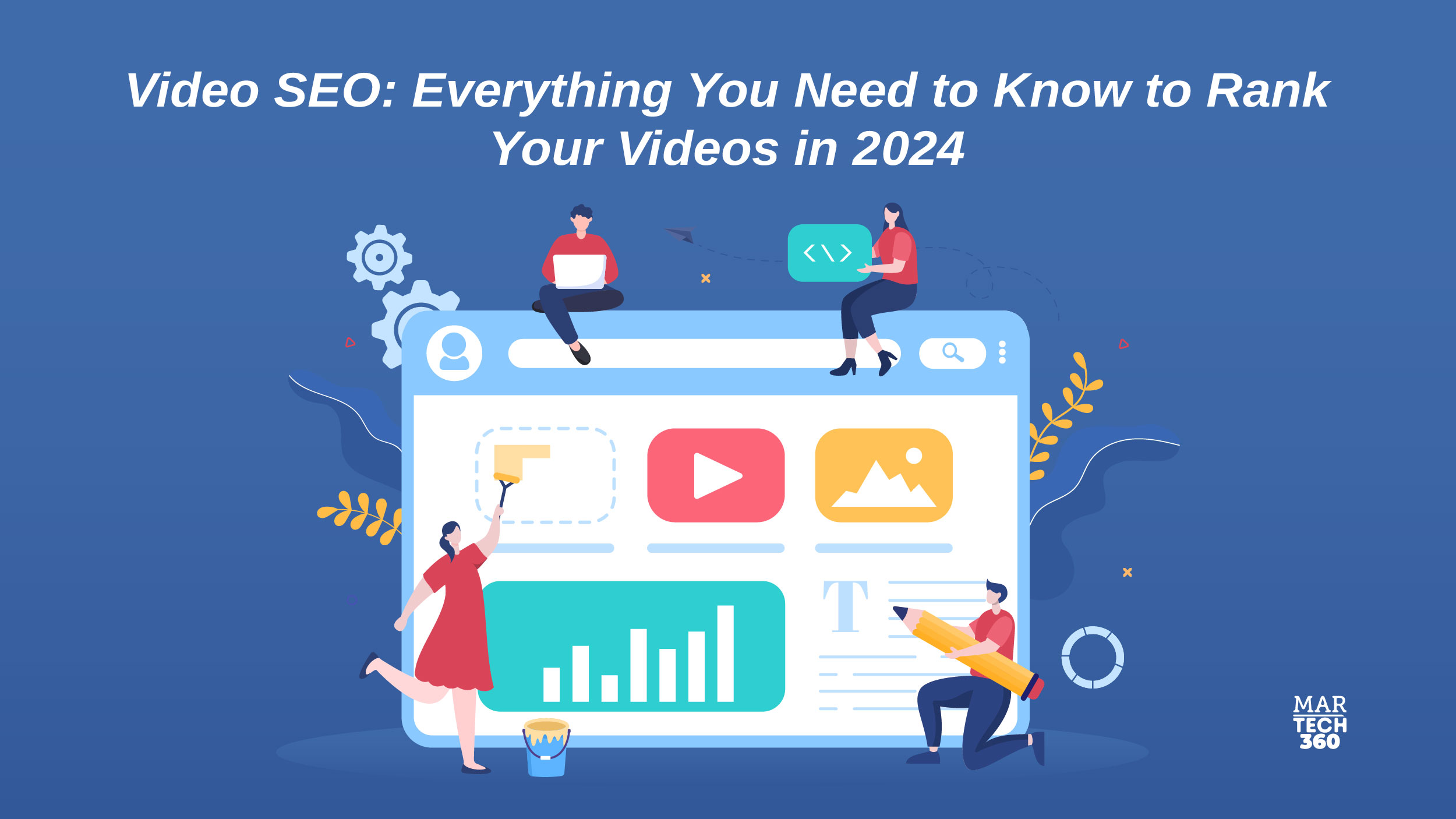Many people watch videos online, and this number keeps increasing each year. Video content is valuable, but to attract viewers, you’ll need a different strategy compared to regular SEO methods. You still should include SEO in your overall plan, especially for video marketing. There are even special techniques, like YouTube SEO, to help your videos rank on Google. We’ll show you five ways to improve your video SEO using our toolkit.
What is Video SEO?
Video SEO differs from traditional SEO for search engines. Given that YouTube is the second most-used search engine globally, it operates with its own set of rules, keywords, and search intent. Notably, Google’s ownership of YouTube means that linking your videos with other content can boost your overall SEO efforts. Searches on YouTube have a distinct intent, often more instructional than transactional. Google is 50 times more likely to rank video results naturally than text-based results.
For instance, users might seek a video demonstrating how to make stir fry rather than simply finding a place to purchase it. YouTube suggests videos based on search intent and user viewing history, making keyword research crucial. Tapping into a niche with your keywords can result in long-lasting rankings for suggested videos. It’s important to recognize the specialization of video SEO; Google and YouTube keywords are not interchangeable, and each search intent requires distinct treatment.
Understanding the Evolution of Video SEO
 Over the past few years, the video marketing landscape has undergone a significant transformation, witnessing a surge in popularity among businesses. The accessibility of DSLR cameras in the late 2000s empowered marketers to create and share videos effortlessly, leveraging platforms like YouTube. Fast forward to today, the ubiquity of videos on the internet is unmissable, with smartphones equipped to capture high-quality footage anytime, anywhere.
Over the past few years, the video marketing landscape has undergone a significant transformation, witnessing a surge in popularity among businesses. The accessibility of DSLR cameras in the late 2000s empowered marketers to create and share videos effortlessly, leveraging platforms like YouTube. Fast forward to today, the ubiquity of videos on the internet is unmissable, with smartphones equipped to capture high-quality footage anytime, anywhere.
Amidst this video explosion, achieving a prominent rank in universal search results has become a formidable challenge, as mentioned by industry experts. The dynamics of getting whitelisted have evolved over the years, emphasizing the increasing difficulty of the process. However, gaining visibility in the video tab has become a more attainable goal, presenting a nuanced shift in video SEO strategies.
Also Read: The Art of Effective Native Advertising: A Marketer’s Guide
5 Key Practices for Video SEO
 Now that we know what and how crucial video SEO is, let’s see what are the best 5 key practices for ranking your videos.
Now that we know what and how crucial video SEO is, let’s see what are the best 5 key practices for ranking your videos.
1. Eye-Catching Video Thumbnails
Creating captivating video thumbnails is crucial for viewer engagement. Thumbnails serve as the visual representation of your video, impacting the viewer’s decision to click. YouTube automatically selects a thumbnail if not specified, potentially leading to unprofessional or irrelevant images. Craft custom thumbnails relevant to the video content to enhance professionalism and brand representation. Utilize tools like the Youtube Studio app to design thumbnails that clearly convey the video topic, include essential details like duration, and comply with SEO standards.
2. Relevant Title Tags
The title tag plays a pivotal role in attracting viewers aligned with the video’s content. Misleading titles can result in viewers quickly leaving, negatively impacting your search rankings. 90% of the most popular videos on YouTube have a title that contains at least a portion of the target keyword. Avoid keyword baiting and conduct thorough keyword research to compose accurate and compelling title tags. A well-crafted title aligns with the search intent, ensuring viewers find the content they expect. Be transparent and avoid deceptive practices, as search engines penalize misleading tactics.
3. Contextual Video Description
Video descriptions function akin to meta descriptions, providing concise insights and incorporating relevant keywords. Avoid keyword stuffing and misleading descriptions, as penalties may apply. Craft descriptions that align with search intent, catering to viewer expectations. Google bots analyze video descriptions, emphasizing the importance of delivering content aligned with the viewer’s search. Include calls to action, links, and keywords to enhance the overall impact of your SEO campaign.
4. Appropriate Video Tagging
Tags categorize and enhance the SEO harmony of your video. When combined with the title and description, tags contribute to improved search rankings. Properly tagging videos aids Google in returning relevant search results and assists users in finding similar content through tag-based searches. Add relevant tags to your videos through the Youtube Studio platform, contributing to a comprehensive and effective SEO strategy.
5. Transcript Upload for SEO Boost
Uploading transcripts is a highly effective practice for elevating video SEO. Transcripts encompass the spoken content in your video, including researched topics and keywords. Beyond benefiting SEO rankings, transcripts cater to audiences with hearing difficulties by providing accessible content. Including the transcript in the description or comments section allows for the addition of time markers to key points, facilitating quick navigation for viewers seeking specific information. Google crawls the text and further boosts the video’s SEO performance.
In a Nutshell
In today’s era of high-speed mobile networks and advanced smartphones, watching videos has become ubiquitous. However, to effectively tap into this vast market, prioritizing SEO is essential. Additionally, leveraging video promotion channels and continuously analyzing performance metrics will help you refine your strategies and stay ahead of the competition. With the continued growth of online video consumption, investing in video SEO is crucial for reaching a wider audience, improving visibility, and achieving success in the digital landscape in 2024 and beyond.


Comments are closed.